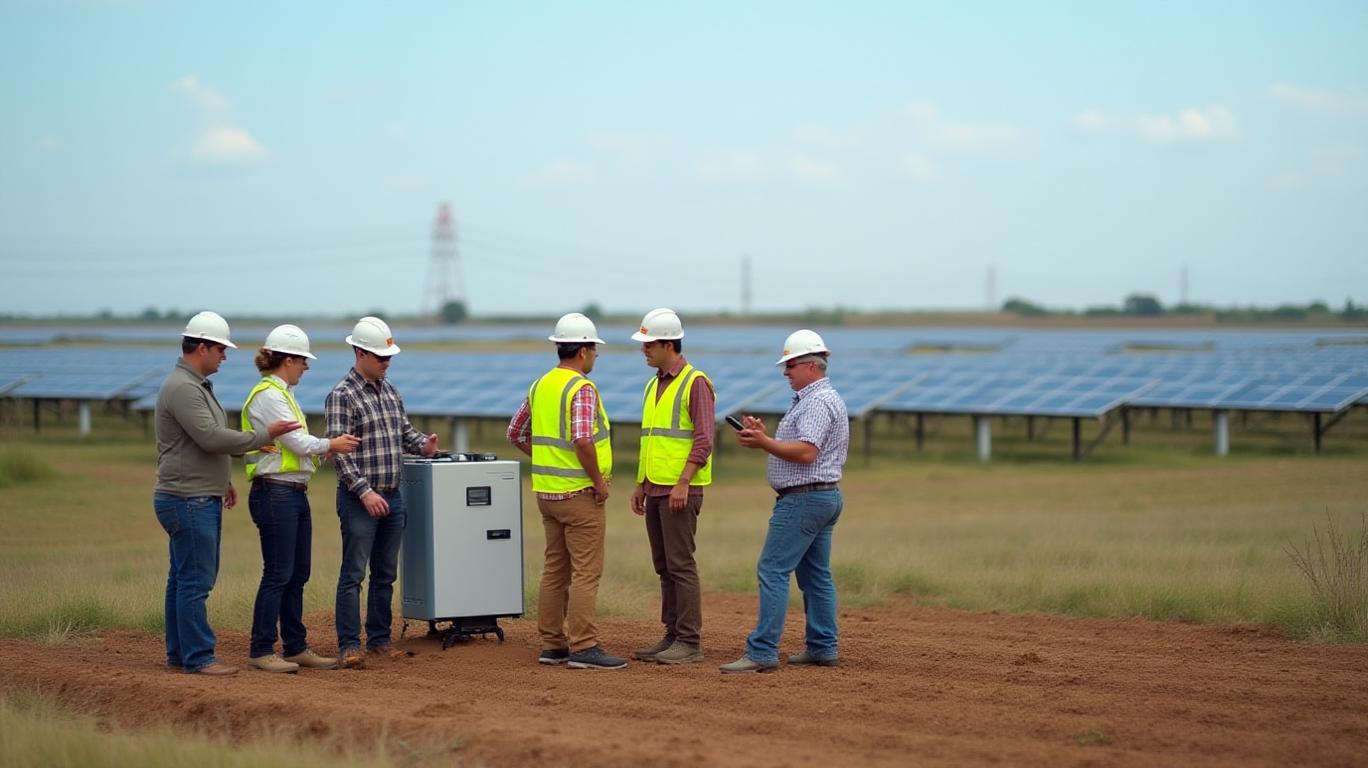SolarEdge Technologies (SEDG): Navigating Policy Storms to Capture the Utility-Scale Solar Boom
The U.S. solar industry is at a crossroads. Recent tax legislation and foreign entity restrictions have introduced unprecedented policy uncertainty, but within this turmoil lies a rare opportunity for companies like
(SEDG). As the nation races to meet aggressive climate targets while confronting supply chain nationalism, SolarEdge's non-Chinese manufacturing heritage and cybersecurity strengths position it to thrive in the utility-scale solar boom. Investors who act now can capitalize on a confluence of regulatory tailwinds, demand surges, and strategic moats.The Policy Crossroads: Risks and Rewards
The House-passed "One, Big, Beautiful Bill" has imposed a stark deadline: utility-scale solar projects must begin construction by October 2025 and be operational by late 2028 to qualify for the 30% Investment Tax Credit (ITC). This creates a "now or never" dynamic for developers, accelerating demand for inverters—the core of solar systems—where SolarEdge holds a 34% market share in the U.S. (per Wood Mackenzie).
However, the bill's Foreign Entity of Concern (FEOC) restrictions threaten projects using components from China, Iran, or North Korea. Here lies SolarEdge's asymmetric advantage: its inverters are designed and manufactured in Israel and the U.S., with no reliance on Chinese supply chains. In contrast, competitors like Enphase Energy (ENPH) and Tesla (TSLA) face supply chain scrutiny over their global sourcing.
The Utility-Scale Gold Rush
The U.S. utility-scale solar pipeline remains robust despite the policy shakeup. The Solar Energy Industries Association (SEIA) reports 167 GW of operational capacity and 109 GW under development, with 60% of projects targeting the 2028 ITC deadline. This creates a $45 billion addressable market for inverter suppliers.
SolarEdge's software-driven solutions—like its Virtual Plant platform for grid management—add strategic value. As utilities prioritize cybersecurity (a SolarEdge competency), its NERC CIP-certified systems are becoming a compliance necessity. Meanwhile, its partnerships with U.S. manufacturers like Flex and Jabil ensure supply chain agility amid global shortages.

Why SolarEdge Outperforms the Cycle
- Non-Chinese Supply Chain: Unlike peers reliant on Asian manufacturing, SolarEdge avoids FEOC penalties. Its U.S.-Israel supply chain is compliant by design.
- Software-Led Differentiation: Its AI-powered monitoring systems reduce O&M costs by 15-20% for utility operators.
- Demand Diversification: While residential ITC cuts hurt rivals, SolarEdge's focus on utility-scale projects (60% of revenue) aligns with the largest growth segment.
- Valuation Attractiveness: At 15x forward EV/Sales, it trades at a discount to peers despite higher growth visibility.
Risks and Mitigation
- Policy Uncertainty: The Senate could dilute deadlines or expand FEOC exemptions. SolarEdge's lobbying efforts and industry partnerships (e.g., with SEIA) mitigate this risk.
- Supply Chain Bottlenecks: Its vertical integration in chip production and partnership with TSMC for custom ASICs provide insulation against shortages.
- Competition: Tesla's Powerwall dominance in residential markets is irrelevant to SolarEdge's utility focus.
Conclusion: Act Now or Pay Later
SolarEdge is uniquely positioned to convert policy risks into market share gains. With a 22% revenue CAGR expected through 2027, its ability to navigate the FEOC-compliant rush to 2028 deadlines could deliver outsized returns. Investors should treat this dip—a 12% correction since January—as a buying opportunity. The utility-scale solar boom is not a fad; it is a $200 billion decade-long transformation, and SolarEdge holds the keys to its infrastructure backbone.
Recommendation: Buy SEDG on dips below $130, targeting $180 by Q4 2025 as utility-scale projects accelerate. The risks are manageable, and the rewards are structurally assured in a sector where only the prepared survive—and profit.

Comments
No comments yet